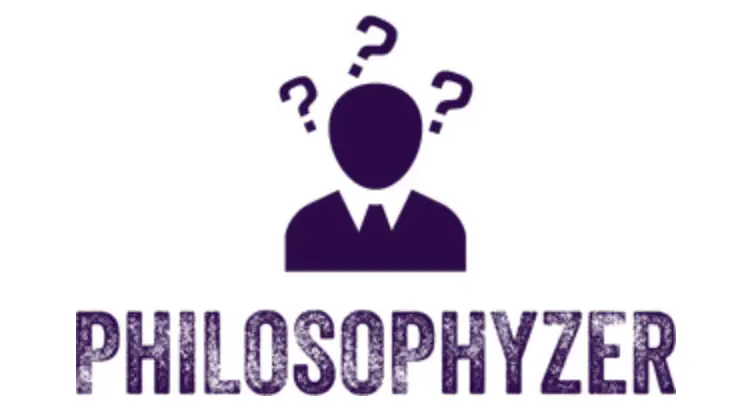Artificial Intelligence are minded machines that display characteristics of personhood – AI Persons.
AI Persons – Can Machines ever be persons?
If you are studying AQA Philosophy, you might study a module on ‘Can machines be persons?’ You may agree or disagree with the fact that AI/machines can be persons.
However, in a philosophy essay, you will need to present an argument. Therefore, you will need to understand arguments for and against machines as persons. Of course, it will depend on how you define ‘a person’, so as a philosopher, it is important that you get that straight first, before you attempt to answer such a question!
Weak and Strong AI (Artificial Intelligence)
Philosophers differentiate between Weak AI (artificial intelligence) and Strong AI (Artificial Intelligence), If a machine could be a considered a person, that would be Strong AI. If a machine could develop some charateristics of personhood, but that an independant minded machine should not be created is Weak AI.
Can Machines be persons? Optimistic approaches
Alan Turing argued that if a machine could be indistinguishable from a person in terms of language, it could be regarded as being on the scale of personhood.
He developed the ‘Turing Test’ to try to demonstrate this. A human interrogator and a human volunteer were place in separate rooms and connected by a computer. The interrogator typed questions into the computer, and both the human volunteer and the computer answered.
If the interrogator could not distinguish between the computer and the human, the computer passed the test. Turing argued that if a machine could have a proper conversation with us, it would be sufficient to call it a person.
Kenneth Colby also devised a test by constructing a computer programme called PARRY. It was a simulation of a paranoid patient who thought that the mafia were after him. When psychiatrists questioned a real paranoid patient, and PARRY, they could not tell the difference. This implied that the machine had human characteristics, and passed Turings test.
Great to watch…
Codebreaker – re-counts the story of this maverick British genius, Alan Turing, who was crucial to founding three new fields of science as well as breaking the Nazis’ naval Enigma code during World War II.
Can Machines be persons? Pessimistic Approaches
Some people argue that machines cannot and never will demonstrate the characteristics of personhood. There are several tests or arguments can be used in support of this view.
PARRY and the Turing Test
Daniel Dennett argued that the PARRY test was not a real test because it was flawed because of the ethical limitations of the test. Questioning of the psychiatrists was restricted because they realised that they would be questioning a real paranoid person, and didn’t want to confuse or upset him or her. PARRY was pre-programmed with stock paranoid answers which seemed to be plausible to the psychiatrists because the subject was supposed to be a paranoid person.
American philosopher John Searle questioned Turings test and tried to undermine the idea of computer systems with human-like minds. He did this through the Chinese Room Experiment. The experiment demonstrates that computers don’t understand the meaning of Chinese symbols, and therefore they are not thinking.
AI Persons – What do you Think?
Remember that if you are asked this question as an extended essay question, you must give BOTH sides of the argument. What do you think? Can machines be persons? Do leave your comments on our blog!
Students – Earn money online with Matched Betting.
You might also like to read about Plato’s Allegory of the Cave and The Theory of Forms.
